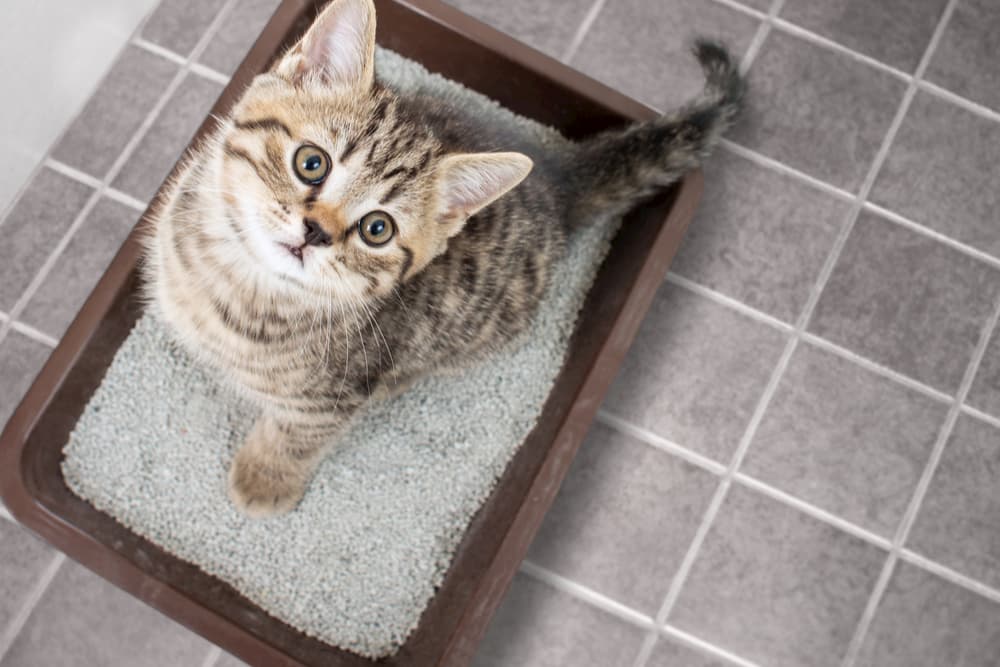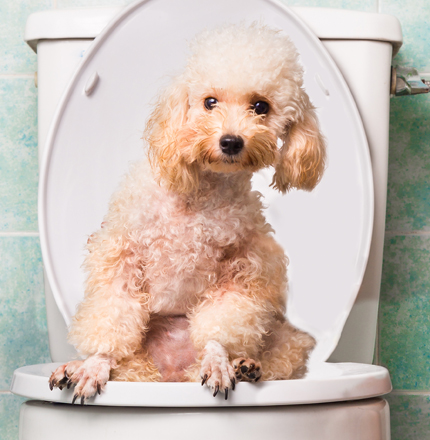Are you trying to find resources involving Can You Flush Dog and Cat Poo Down the Toilet??

When it comes to disposing of waste, especially animal waste, many individuals often resort to the practical option of flushing it down the bathroom. Nevertheless, this apparently very easy service can have severe repercussions for the environment and public health. In this post, we'll discover why flushing animal waste down the commode is a poor concept and provide alternate approaches for proper disposal.
Introduction
Proper garbage disposal is vital for keeping environmental sustainability and public health. While it may seem safe to flush animal waste down the commode, it can lead to numerous problems, both for the setting and human health.
Threats of flushing pet waste
Environmental impact
Purging animal waste presents harmful bacteria and pathogens into waterways, which can negatively influence aquatic ecosystems. These pathogens can infect water sources and harm aquatic life, interrupting fragile communities.
Public health concerns
Pet waste consists of hazardous germs such as E. coli and Salmonella, which can pose major health dangers to humans. Flushing pet waste down the commode can infect water supplies, bring about the spread of conditions and infections.
Alternatives to flushing
Instead of purging pet waste down the toilet, there are several alternative disposal approaches that are a lot more environmentally friendly and sanitary.
Composting
Composting animal waste is an eco-friendly way to take care of it. By composting, organic matter is broken down right into nutrient-rich soil, which can be utilized to feed gardens and plants.
Garbage dump disposal
Disposing of pet waste in a landfill is another choice. While not as eco-friendly as composting, it is a more secure option to flushing, as it avoids the contamination of water sources.
Family pet waste disposal systems
There are customized pet dog garbage disposal systems available that securely and hygienically get rid of pet waste. These systems usually utilize enzymes to break down waste and eliminate smells.
Actions to appropriate pet waste disposal
To make certain proper disposal of animal waste, follow these actions:
Scooping and getting waste
Routinely scoop and bag pet waste using biodegradable bags. This prevents waste from infecting the atmosphere.
Making use of assigned waste containers
Dispose of bagged pet waste in assigned waste bins, such as garden compost bins or landfill containers. Avoid flushing it down the commode whatsoever expenses.
Cleaning up can and family pet areas regularly
Routinely clean can and pet dog areas to prevent the buildup of waste and microorganisms. Usage pet-safe cleansing products to preserve health.
Advantages of appropriate disposal techniques
Embracing proper disposal methods for animal waste provides numerous advantages:
Lowered environmental pollution
Appropriate disposal methods decrease the danger of environmental pollution, securing waterways and ecological communities from contamination
Reduced threat of water contamination.
By staying clear of flushing animal waste down the bathroom, the risk of water contamination is significantly lowered, securing public health.
Enhanced sanitation and health
Appropriate disposal techniques advertise better sanitation and health, developing a much safer setting for both humans and pets.
Conclusion
To conclude, purging animal waste down the toilet is harmful to the setting and public health. By adopting different disposal approaches and following correct waste monitoring methods, we can reduce the adverse impact of pet waste and add to a cleaner, healthier world.
What To Do With Dog Poo – The Do's And Don'ts Of Disposing Of Faeces
Dog poo bins
Some councils provide dedicated dog waste bins in popular dog-walking areas that can take dog poo that has been bagged but you can legally dispose of dog waste in any public litter bin, as long as it is securely bagged. This also applies to your wheelie bin at home.
Do not flush
Water companies do not recommend flushing dog faeces down the toilet because certain parasites can survive the water processing treatment and are potentially harmful to humans. You should also never consider flushing dog poo that has been bagged down the toilet as the bags will not break down and instead create severe blockages in the sewage system.
In the woods
The Forestry Commission promotes a ‘stick and flick’ method for dealing with waste in the woods. This means finding a stick and using it to flick any poo from off the path so that it is out of the way of other walkers. You could also bury it as long as it is not in an area where there might be livestock.
Livestock
Parasites found in dog poo can be transmitted to livestock if they inadvertently eat infected faeces that has been left on grazing land. This could result in the death of sheep or abortion in cattle so you should always make sure you pick up your dog’s waste in fields where livestock could be present.

Routinely clean can and pet dog areas to prevent the buildup of waste and microorganisms. Usage pet-safe cleansing products to preserve health.
Advantages of appropriate disposal techniques
Embracing proper disposal methods for animal waste provides numerous advantages:
Lowered environmental pollution
Appropriate disposal methods decrease the danger of environmental pollution, securing waterways and ecological communities from contamination
Reduced threat of water contamination.
By staying clear of flushing animal waste down the bathroom, the risk of water contamination is significantly lowered, securing public health.
Enhanced sanitation and health
Appropriate disposal techniques advertise better sanitation and health, developing a much safer setting for both humans and pets.
Conclusion
To conclude, purging animal waste down the toilet is harmful to the setting and public health. By adopting different disposal approaches and following correct waste monitoring methods, we can reduce the adverse impact of pet waste and add to a cleaner, healthier world.
What To Do With Dog Poo – The Do's And Don'ts Of Disposing Of Faeces
Dog poo bins
Some councils provide dedicated dog waste bins in popular dog-walking areas that can take dog poo that has been bagged but you can legally dispose of dog waste in any public litter bin, as long as it is securely bagged. This also applies to your wheelie bin at home.
Do not flush
Water companies do not recommend flushing dog faeces down the toilet because certain parasites can survive the water processing treatment and are potentially harmful to humans. You should also never consider flushing dog poo that has been bagged down the toilet as the bags will not break down and instead create severe blockages in the sewage system.
In the woods
The Forestry Commission promotes a ‘stick and flick’ method for dealing with waste in the woods. This means finding a stick and using it to flick any poo from off the path so that it is out of the way of other walkers. You could also bury it as long as it is not in an area where there might be livestock.
Livestock
Parasites found in dog poo can be transmitted to livestock if they inadvertently eat infected faeces that has been left on grazing land. This could result in the death of sheep or abortion in cattle so you should always make sure you pick up your dog’s waste in fields where livestock could be present.

We were brought to that editorial about through a buddy on another web address. Sharing is caring. You just don't know, you could be helping someone out. Many thanks for your time. Don't forget to check up our website back soon.
Call Today